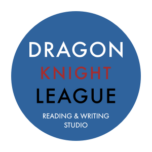How to Train My Kid for Non-Fiction Reading?
In recent years, it has been recognized that grade school curricula places a heavy emphasis on Non-fiction reading skills.
How do we know this? One shall look no further than a few essential standardized exams in North America.
SSAT: Secondary School Admissions Test
The SSAT is one of the most important components of a complete application process, especially when applying to an independent/private school in North America. The SSAT test consist of three sections: Verbal, Math and Reading Skills
Official site: http://ssatchina.cn/
https://ssat.org/
SSAT facts at a glance:
- More than 75% of the questions from the reading section are about
non-fiction topics. - More than 50% of frequently-tested vocabulary words are words related to non-fiction topics.
- Among 40 total questions in the reading skills section, 5-6 articles are discussing non-fiction topics.
- As the test takers’ age level ascends, the total score assigned to the reading skills section also grows. The section’s score value starts at 300 points at the “lower level”, then grows to a score value of 800 points at the “high level”.
- The score of the reading skills section weighs at 33% of the total score.
Data retrieved from SSAT US official website.
TOEFL Junior: Test of English as a Foreign Language
Official site: https://www.ets.org/toefl_junior
http://www.toefljuniorchina.com/
TOEFL facts at a glance:
- 100% of the questions from the reading section are about
non-fiction topics. - More than 50% of frequently-tested vocabulary words are related to non-fiction topics.
- Among 42 total questions in the reading skills section, 5-6 articles are discussing non-fiction topics.
- The score of the reading skills section is 300 points, weighing at 33% of the total score.
Data retrieved from book A Collection of TOEFL Junior Trial Tests, by Qun Yan Press, 2015.
Publications Tailored According to the CCSS Initiative
In North America’s reading and writing publications tailored according to the CCSS initiative, these topics/themes appear at an increasing frequency:
- Engineering Studies
- Life Science
- Physical Science
- Earth and Space Science
- Economics
- Geography and Culture
- US History
- US Civics and Government
- World History
- Sports
- The Arts
- Political Science
At this realization, most parents would ask the same question: How can my kids acquire word processing skills through reading? How can I know that her/his reading efficiency is actually growing?
Well this is the main focus of DKL Studio: the deliberate practice of reading, writing and speeches. All of these efforts are made towards one goal: a kid growing up with the ability to absorb new information from the world efficiently, and to form a good judgement on the unfathomable issues presented by an era that none of us can clearly foresee.
For day-to-day classroom practice, one basic practice is be “paragraph summarization”. DKL teachers often ask the students to quickly read a paragraph, re-cap it in their minds, then write down one simple sentence to summarize the paragraph. Yes, as simple (but precise) as possible.
One shall not mistake a well-trained “one sentence summary” with a thoughtless “one sentence summary”. A student’s precise summary can raise his/her reading quiz accuracy from 20% to 40%.
In other words, when you see that you’ve spent the same 20 minutes to read an article as your desk mate, but your quiz correction rate is only at 60-70%; whereas your desk mate is at 80-100%, a good chance is, his/her summary is better than yours.
Example
The following is an example of how a summary can be done by a grade school student.
Now the reader is at the first round of reading: browsing. During this round, we need the students to “see the big picture”.
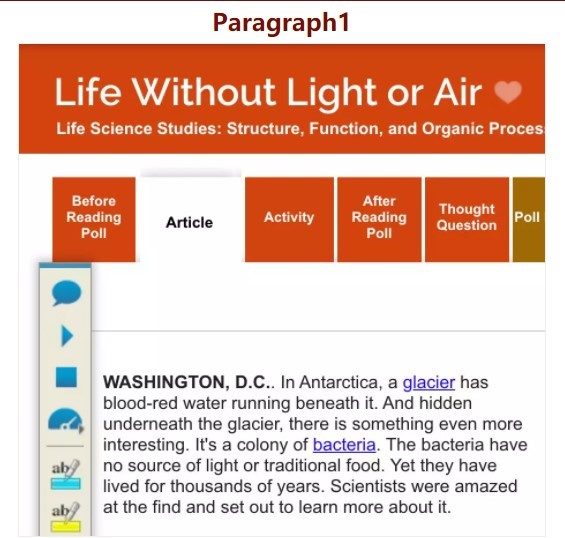
Summary by Student 1:
There is a type of bacteria that has lived for thousands of years.
Summary by Student 2:
Scientists have found a new colony of bacteria.
Summary by Student 3:
Scientists are amazed by some special bacteria and set out to learn more.
Tips to parents:
All three summaries are acceptable. When a student first starts out, he/she is usually inclined to make the one sentence too long or miss key information in the summary.
When a parent realizes this problem, it may be a good idea to keep quiet, to allow the student an opportunity to reflect and improve on the work.
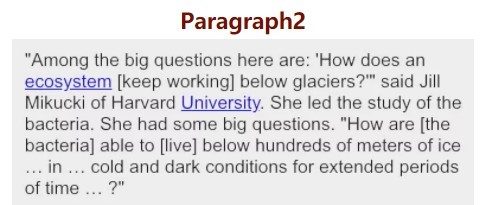
Scientists ask big questions such as how the ecosystem keeps working below glaciers.
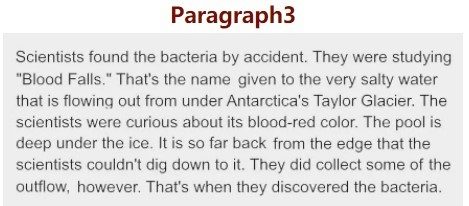
Scientists discovered that bacteria from the outflow of Blood Falls under Antarctica’s Taylor Glacier.
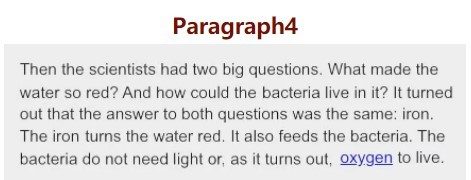
Iron turns the water red, and it feeds the bacteria.

There is no oxygen in the water.

The bacteria’s ancestors lived long ago, where there was a high sea level, later the bacteria were trapped under glaciers.
Conclusion
Now the student should have a precise grasp on the main idea of the article. His/her correction rate should be 100%.
All DKL Insight Articles are original works by DKL Studio.
All Copyrights reserved for Dragon Knight League, LLC.
